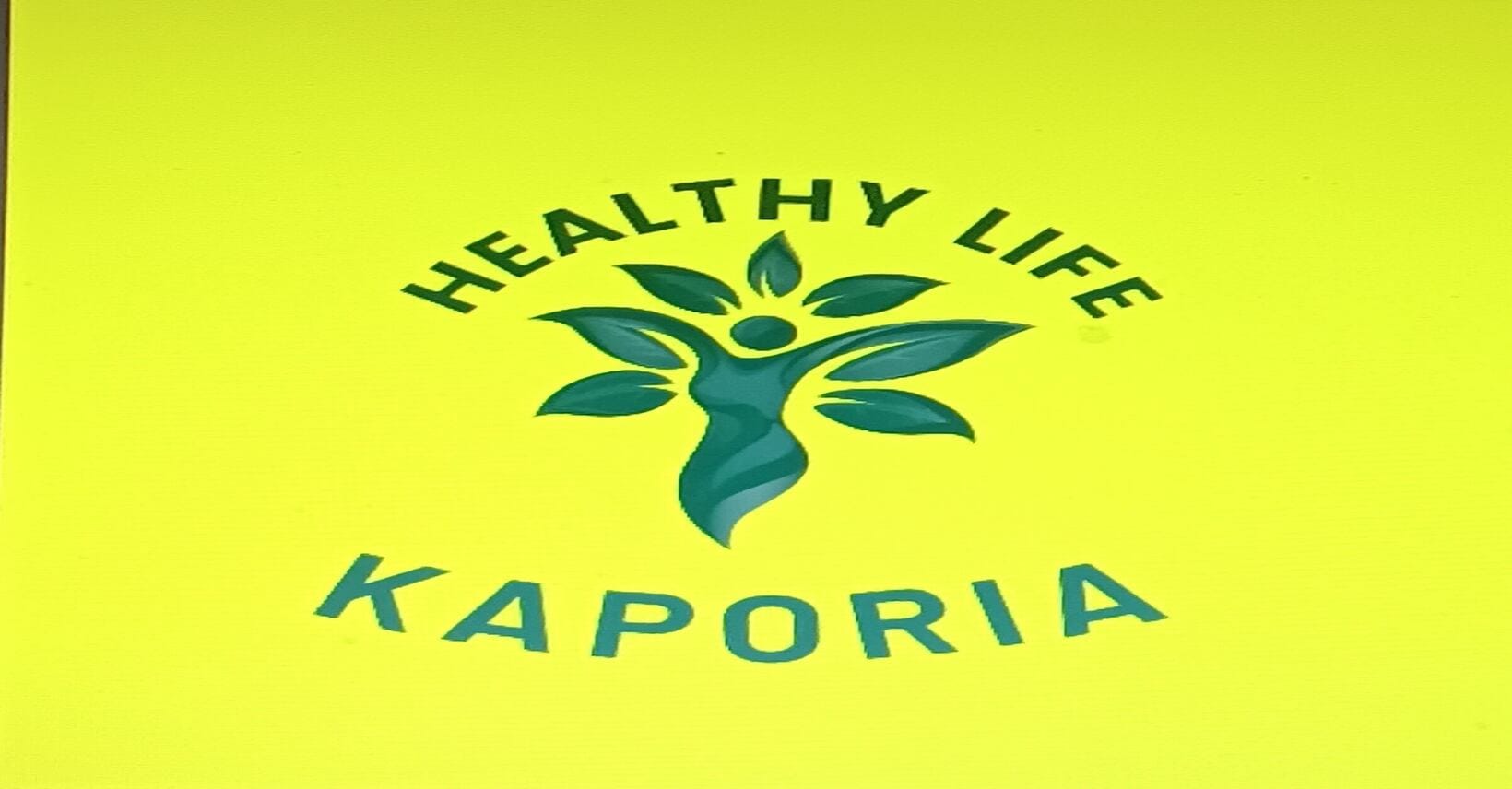[ad_1]
Childhood maltreatment (CM) refers to abuse and neglect that happens to kids and leads to precise or potential hurt to the kid’s well being, survival, improvement or dignity (WHO, 2022). CM is related to a variety of antagonistic outcomes in adolescence and maturity, together with deficits in cognitive improvement, consideration, training, and employment, in addition to severe psychological well being issues, together with substance use and dependancy issues (Strathearn et al., 2020).
Consuming problems (EDs) are a psychological well being drawback which could be critically impacted by CM. EDs are centred round disturbances of consuming behaviours and a psychopathology targeted on meals, consuming, and physique picture issues (Hay et al., 2014). When EDs co-occur with a historical past of CM, the trajectory tends to be worse (e.g., elevated suicidality, elevated therapy dropout, and poorer full restoration charges; Molendjik et al., 2017). Nonetheless, there’s a lot we nonetheless must be taught on this space.
Of their current research, Eielsen et al., (2023) aimed to contribute to extra dependable long-term prognosis of EDs by:
- Inspecting the prevalence of childhood trauma in a transdiagnostic ED pattern
- Figuring out the sufferers’ long-term change trajectories (pure course after an intensive therapy interval) over 17 years
- Investigating whether or not childhood sexual abuse (CSA) and non-sexual childhood trauma predicts class membership.

Childhood maltreatment is frequent amongst sufferers with consuming problems, and is related to a worse general trajectory.
Strategies
Individuals have been eligible to participate within the unique research in the event that they have been aged ≥18 years outdated with anorexia nervosa (AN), bulimia nervosa (BN), or different specified feeding and consuming dysfunction (OSFED), and had been consecutively admitted to a specialised ED unit in Norway between August 1998 and June 2001. 84 members offered longitudinal information (imply age = 29.9, SD = 7.5; AN = 30, BN = 37, OSFED = 15, binge consuming dysfunction [BED] = 2), all of whom had obtained earlier therapy for a imply of three.0 years (SD = 8.0), with over half receiving inpatient therapy (59.5%). Nonetheless, solely 62 members offered information for the 17-year follow-up, which was when CM was assessed (imply age = 46.2, SD = 7.5).
EDs have been measured utilizing the gold commonplace diagnostic interview, the Consuming Dysfunction Examination interview (EDE; Fairburn, 2008). CM was measured utilizing the Childhood Trauma Questionnaire-Quick Kind (CTQ-SF; Bernstein & Fink, 1998). CSA was collected retrospectively utilizing official medical data, in addition to interview information from every follow-up evaluation (1-, 2-, 5-, and 17-year follow-up).
Latent patterns of ED symptom adjustments have been estimated utilizing development combination modelling. Prevalence of CM was assessed, with its related relationship to class membership examined.
Outcomes
Prevalence of childhood trauma
Within the 62 members who accomplished the 17-year follow-up, childhood maltreatment (CM) was frequent, with 71% (n = 44) scoring above the medical cut-off for a number of CM. Greater than half (58.1%) reported experiencing two or extra childhood traumas. Emotional neglect was the most typical (n = 31; 50%), whereas bodily neglect was the least frequent (n = 18; 29%). Over one-in-three (n = 24; 38.7%) skilled childhood sexual abuse (CSA).
Change trajectories of EDs
4 distinct lessons have been recognized:
- Steady enchancment (n = 46; 54.8%): This class continued to reveal steady enhancements throughout all the follow-up interval, reporting scores throughout the regular vary at 17-year follow-up.
- Excessive and declining (n = 19; 22.6%): This class reported excessive symptom ranges at baseline, which reasonably decreased over time.
- Constantly low (n = 12; 14.3%): This class had preliminary ED scores which have been beneath the medical cut-off at baseline, and this remained steady throughout follow-up.
- Excessive and growing (n = 7; 8.3%): This class reported excessive ED scores at baseline, with important symptom enhance over time.
Childhood maltreatment and group membership
Historical past of CSA was overrepresented in lessons with persistently excessive symptom ranges (“excessive and growing” = 85.7%; “excessive and declining” = 57.9%) and was predictive of membership to a category with poorer long-term outcomes. In distinction, non-sexual childhood trauma didn’t predict group membership.

Eielsen et al. (2023) recognized 4 distinct lessons of consuming dysfunction trajectories and their signs, with nearly all of the pattern demonstrating steady enchancment throughout the 17-year follow-up. Nonetheless, 1 in 12 demonstrated excessive and growing signs.
Conclusions
The authors conclude that:
CSA (childhood sexual abuse) considerably lowered the chance of a beneficial ED (consuming dysfunction) end result throughout many years. This highlights the significance of trauma knowledgeable care, as these sufferers confirmed little enchancment over time.
Trauma knowledgeable care is an method to healthcare that recognises the significance of understanding and responding in applicable methods to results of trauma. These outcomes point out that consciousness and supply of trauma knowledgeable care in sufferers with EDs might enhance outcomes for sufferers with trauma, which highlights this as an pressing subsequent step in analysis.

Childhood sexual abuse overrepresented within the lessons with persistently excessive consuming dysfunction symptom ranges, and predictive of membership to a category with poorer long-term outcomes.
Strengths and limitations
The largest power of the current research is that it gives new perception into the long-term trajectories of change for sufferers with extreme and enduring EDs. Prior research haven’t been in a position to present such a radical evaluation throughout an intensive time interval with quite a few timepoints; the present findings have enhanced validity, and in addition elevated generalisability to real-world settings. Moreover, the authors of this paper assessed CM (childhood maltreatment) in a number of methods, together with a validated questionnaire and previous medical notes to regulate for various sorts of publicity; this can be a power because it once more will increase the validity and reliability of the outcomes by lowering potential biases related to every measure and capturing totally different dimensions for a extra holistic understanding. The authors additionally thought of the sensitivity of asking retrospectively about CM and the potential of destructive reactions to those questions and thus administered the CM questionnaire as an interview, additionally growing its validity.
Nonetheless, a limitation of the research is the lack of clear clarification of how CM and childhood trauma have been distinguished. Whereas these ideas are associated, they’re in the end totally different, with childhood trauma referring to a broader idea which encompasses abuse and maltreatment, but additionally lack of a liked one, experiencing accidents and witnessing traumatic occasions. At occasions it was not clear within the article what the authors have been referring to. Contemplating the article focussed on CM, it could have made for simpler understanding in the event that they solely used that terminology all through their paper, as they solely assessed the 5 subscales which account for CM.
Probably the most vital limitation of the research is the small pattern measurement. The authors acknowledge that the restricted pattern measurement violates assumptions for latent class evaluation and the reliability of the percentages ratios, indicating {that a} potential superior match might have been discovered with extra lessons and a otherwise formed development curve had the pattern measurement been bigger. Which means that among the findings should be interpreted with warning.
Moreover, because the authors acknowledge, there’s a lack of inhabitants illustration, with all however one affected person being feminine, and all being White. Analysis has proven that EDs have an effect on each women and men (Mitchell et al., 2012; Nagata et al., 2019; Thompson, 2022), are prevalent in gender various populations (see Sophie’s Mental Elf blog), and are current throughout cultures (Chen et al., 2022; Hoek, 2016; Pike et al., 2014), and subsequently these findings can’t be generalised past a selected subpopulation.
Nonetheless, this exploratory research is a vital first step in offering indications of long-term trajectories and traits associated to CM and ED trajectories. Sooner or later, it is vital that these outcomes are replicated in a big consultant pattern to supply definitive outcomes.

This exploratory research is a vital first step in contemplating long-term trajectories and traits associated to childhood maltreatment in sufferers with consuming problems; however the small pattern measurement and unrepresentative inhabitants restrict conclusions drawn.
Implications for follow
The authors conclude that trauma knowledgeable care in sufferers with EDs is essential, with findings from the present research importantly exhibiting that CM (childhood maltreatment) and CSA (childhood sexual abuse) are very prevalent amongst this group. CSA and little one bodily abuse have been reported as danger elements for the event of EDs (Caslini et al., 2016; Moulton et al., 2015), with the present research highlighting that CSA particularly is a predictor of poor long-term outcomes for EDs. This highlights the necessity for a holistic care method when clinicians are treating sufferers with EDs, which addresses the bodily, emotional, psychological and social points of the affected person’s well-being. This will embrace making a protected surroundings for the affected person, empowering them to really feel accountable for their restoration, and concurrently delivering remedy for trauma and consuming problems. Healthcare suppliers ought to obtain trauma-informed coaching to raised perceive the hyperlinks between CM and EDs, together with the significance of screening for CM and trauma on this context, and find out how to greatest method care with consciousness and sensitivity. That is to make sure that sufferers aren’t triggered and may develop a way of belief with their healthcare supplier, enabling rapport and a powerful therapeutic relationship.
Moreover, the involvement of a multidisciplinary group (e.g., dietitian, psychologist, treating physician) is important for making certain {that a} complete care plan is developed that may tackle each the bodily and psychological points of the dysfunction. Personalised therapy approaches, the place each the trauma in addition to the ED signs are addressed concurrently can be inspired, as analysis has demonstrated that addressing co-occurring problems concurrently is rising as greatest follow (Schumm et al., 2016), which might enhance the probability of constructive outcomes for sufferers with EDs (Wade et al., 2023).
Advocacy for coverage and program improvement that invests in trauma knowledgeable care is crucial, to allow the sources which can be wanted to supply the holistic care to those sufferers. On the very least, improvement of trauma knowledgeable protocols inside well being care establishments would assist to make sure holistic method and help of trauma survivors (Sweeney et al., 2016).
Whereas analysis is beginning to deal with the co-occurrence of ED and different psychopathologies, we nonetheless must develop our understanding of the precise hyperlinks between CM and the way it manifests in EDs and poorer long-term outcomes. Due to this fact, extra analysis is essential to make sure these debilitating problems could be handled with a holistic and applicable method. Step one ought to be replicating this research in a big pattern to verify the research findings.

This paper demonstrates the significance of trauma knowledgeable care in treating sufferers with consuming problems, with emphasis on a holistic method that addresses present consuming dysfunction signs within the context of previous trauma.
Assertion of pursuits
No conflicts of curiosity to declare.
Hyperlinks
Major paper
Eielsen, H. P., Ulvenes, P., Hoffart, A., Rø, Ø., Rosenvinge, J. H., & Vrabel, Okay. (2024). Childhood trauma and outcome trajectories in patients with longstanding eating disorders across 17 years. Worldwide Journal of Consuming Problems, 57(1), 81-92.
Different references
Archer, S. (2023). Gender identity and eating disorders: clinician’s perceptions of care for transgender and gender diverse patients. The Psychological Elf.
Bernstein, D. P., & Fink, L. (1998). Childhood Trauma Questionnaire. Psychological Corportation.
Caslini, M., Bartoli, F., Crocamo, C., Dakanalis, A., Clerici, M., & Carra, G. (2016). Disentangling the Association Between Child Abuse and Eating Disorders: A Systematic Review and Meta-Analysis. Psychosomatic Medication, 78(1), 79-90.
Chen, D. R., Solar, G., & Levin, B. (2022). Gender-specific responses to multifaceted factors associated with disordered eating among adolescents of 7th to 9th grade. Journal of Consuming Problems, 10, 1-15.
Fairburn, C. G. (2008). Cognitive behavior therapy and eating disorders. Guilford Press.
Hay, P., Chinn, D., Forbes, D., Madden, S., Newton, R., Sugenor, L., . . . New Zealand School of, P. (2014). Royal Australian and New Zealand College of Psychiatrists clinical practice guidelines for the treatment of eating disorders. Australian & New Zealand Journal of Psychiatry, 48(11), 977-1008.
Hoek, H. W. (2016). Review of the worldwide epidemiology of eating disorders. Present Opinion in Psychiatry, 29(6), 336-339.
Mitchell, Okay. S., Mazzeo, S. E., Schlesinger, M. R., Brewerton, T. D., & Smith, B. N. (2012). Comorbidity of partial and subthreshold ptsd among men and women with eating disorders in the national comorbidity survey-replication study. Worldwide Journal of Consuming Problems, 45(3), 307-315.
Molendijk, M. L., Hoek, H. W., Brewerton, T. D., & Elzinga, B. M. (2017). Childhood maltreatment and eating disorder pathology: a systematic review and dose-response meta-analysis. Psychological Medication, 47(8), 1402–1416.
Moulton, S. J., Newman, E., Energy, Okay., Swanson, V., & Day, Okay. (2015). Childhood trauma and eating psychopathology: a mediating role for dissociation and emotion dysregulation? Baby Abuse & Neglect, 39, 167-174.
Nagata, J. M., Murray, S. B., Bibbins-Domingo, Okay., Garber, A. Okay., Mitchison, D., & Griffiths, S. (2019). Predictors of muscularity-oriented disordered eating behaviors in U.S. young adults: A prospective cohort study. Worldwide Journal of Consuming Problems, 52(12), 1380-1388.
Pike, Okay. M., Hoek, H. W., & Dunne, P. E. (2014). Cultural trends and eating disorders. Present Opinion in Psychiatry, 27(6), 436-442.
Schumm, J. A., & Gore, W. L. (2016). Simultaneous treatment of co-occurring posttraumatic stress disorder and substance use disorder. Present Therapy Choices in Psychiatry, 3, 28-36.
Strathearn, L., Giannotti, M., Mills, R., Kisely, S., Najman, J., & Abajobir, A. (2020). Long-term cognitive, psychological, and health outcomes associated with child abuse and neglect. Pediatrics, 146(4).
Sweeney, A., Filson, B., Kennedy, A., Collinson, L., & Gillard, S. (2018). A paradigm shift: relationships in trauma-informed mental health services. BJPsych Advances, 24(5), 319–333.
Thompson, D. (2022). Boys and men get eating disorders too. Developments in Urology & Males’s Well being, 13(2), 28-32.
Wade, T. D., Shafran, R., & Cooper, Z. (2024). Developing a protocol to address co-occurring mental health conditions in the treatment of eating disorders. Worldwide Journal of Consuming Problems, 57(6), 1291–1299.
World Well being Group (2022, 19 September 2022). Baby maltreatment. Retrieved 30 September 2024 from https://www.who.int/news-room/fact-sheets/detail/child-maltreatment
Photograph credit
[ad_2]
Source link

